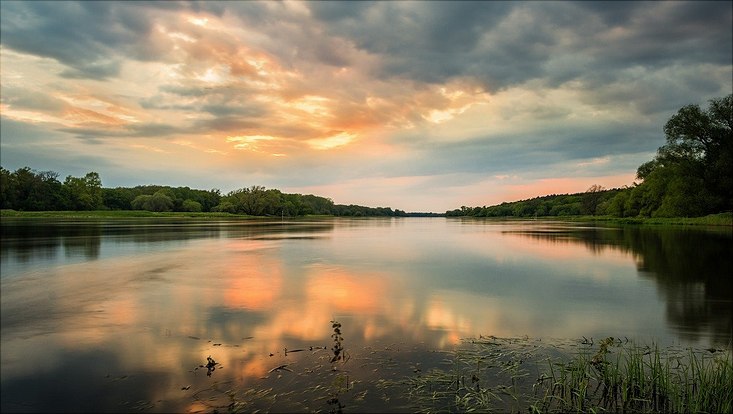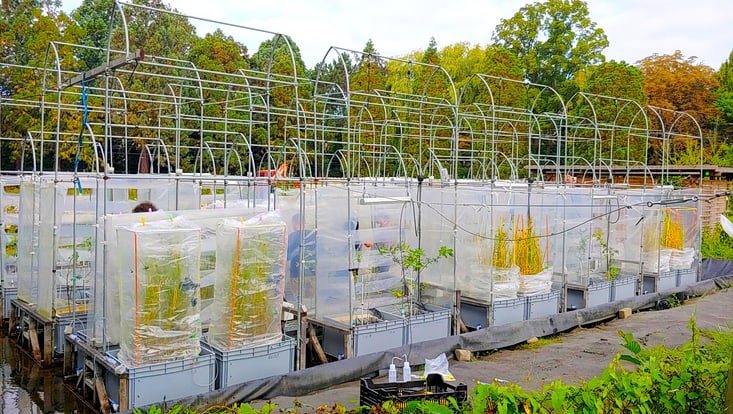What are estuaries?
26 October 2020, by RTG 2530

Photo: pixabay
In the coming years, the Research Training Group 2530 will investigate the importance and role of biota such as animals, plants and microbes on the carbon cycle in estuaries. But what are estuaries actually? And what distinguishes these areas?
The definition is short and simple: estuaries are partially enclosed coastal bodies with one or more rivers or streams flowing into it. They mark the transition from the freshwater of the river to the salt water of the sea. But even more: “As transitional environments between land and sea, estuaries are among the most diverse areas on earth”, says Prof. Dr. Kai Jensen, spokesperson of the Research Training Group 2530.” Not only are they a habitat for numerous animals and plants, but are also exposed to external forces such as ocean currents or tides and strong spatial gradients, such as changing salinity levels or the available oxygen.” The salinity of estuaries varies greatly, ranging from zero to three percent.
The habitat
Along the intertidal shorelines of estuaries, salt, brackish and tidal freshwater marshes develop. These provide shelter and food for sheep, rodents and birds like the goosander (Mergus merganser). Fish like the European smelt (Osmerus eperlanus) migrate to the estuaries to spawn and lay their eggs. Of course, the estuary is also home to tiny creatures such as phytoplankton, which is the food source for many organisms. Prominent members of this group are some green algae (e.g. Pediastrum).
All these estuarine biota interact with each other, shape the estuary and are shaped by the habitat itself. At the same time, estuaries are an important aspect of the global carbon cycle. The goal of the Research Training Group 2530 is to study the impact of these creatures on the carbon flow in the estuary. “Recent research has shown that interactions between plants, phytoplankton, microbes and animals can be important for estuarine carbon fluxes”, says Jensen. ”However, the key processes that control the estuarine carbon cycle are still poorly studied. We want to close these gaps.”
Model system Elbe Estuary
There are three big estuaries in Germany: Weser, Ems and Elbe. The Elbe Estuary comprises the lower reaches of the Elbe from Geesthacht to the North Sea near Cuxhaven. It’s is one of the largest and most important European estuaries in socio-economic terms. “Human influences such as diking and waterway construction and vessel traffic have changed and shaped it considerably - similar to many other estuaries in Europe and North America. We will explore the Elbe Estuary and use it as a model system for other estuaries - namely, for all those where changes occur due to similar human impact”, says Jensen.


